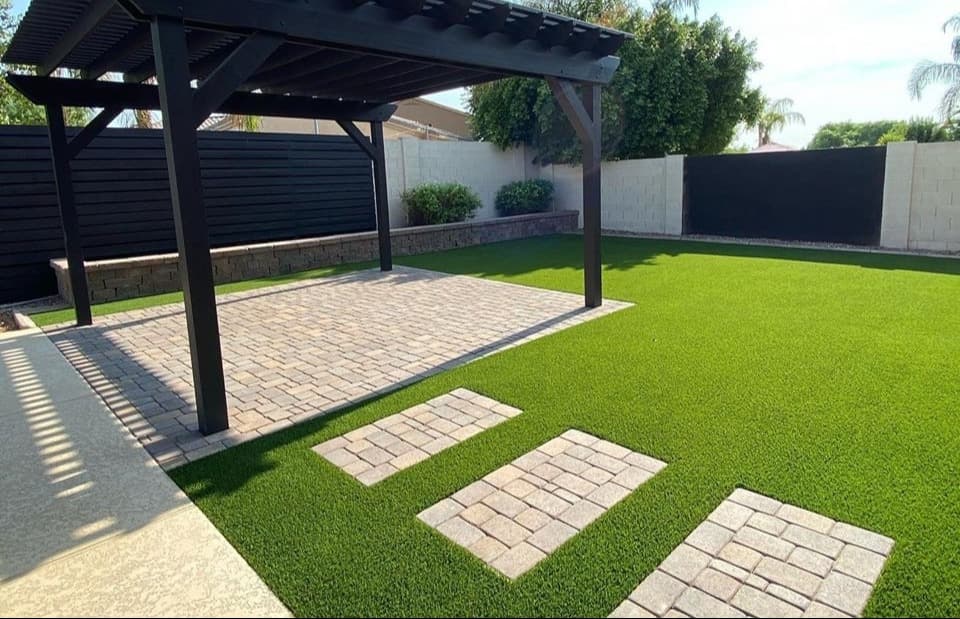
Imagine stepping onto a lush, green carpet of grass that feels like a plush rug underfoot. This dream lawn is not just a fantasy; it can become your reality with the right knowledge and care. But how long does it take for turf to root down? Let’s journey through the process together and uncover the secrets to achieving that enviable lawn.
When we talk about turf rooting, we’re referring to the process by which newly laid turf develops roots that anchor it firmly into the soil beneath. Think of these roots as the foundation of a house – without them, the structure (or in this case, the turf) wouldn’t stand strong.
The timeframe for turf to root can vary based on several factors. Generally, you can expect initial rooting within two weeks, with more substantial root development occurring over six weeks. However, conditions such as weather, soil type, and care practices significantly influence this timeline.
Creating the perfect environment for your turf to root is akin to setting up a nurturing nursery for a newborn. Here are the ideal conditions:
A well-prepared soil bed is crucial. Ensure that the soil is loose, free of debris, and enriched with nutrients. According to USDA farming tips, incorporating organic matter such as compost can significantly enhance soil quality.
The best time for turf installation in the US is during the cooler seasons of spring and fall. These periods provide moderate temperatures and adequate rainfall, which are essential for root development.
Just like nurturing a young sapling into a majestic tree, certain steps can expedite the rooting process of your turf:
Even with the best intentions, challenges may arise. Here are some common issues and their remedies:
If your soil lacks nutrients or has poor structure, consider aerating it and adding amendments such as compost or sand. The NRCS Soil Health Resources provide in-depth information on improving soil health.
Pests can hinder rooting by damaging young turf. Employ natural pest control methods or consult with local agricultural extensions to find suitable solutions.
Water your new turf daily for the first couple of weeks, ensuring the soil remains consistently moist. Gradually reduce watering frequency as the turf establishes itself.
Avoid heavy foot traffic on new turf for at least two weeks to prevent disrupting the rooting process. Light walking may be permitted after this period.
A balanced fertilizer with equal parts nitrogen, phosphorus, and potassium is ideal. Refer to fertilization guides from authoritative sources like EPA Lawn and Garden Tips for more information.
Your path to a verdant, thriving lawn is within reach. By understanding and implementing the best practices for turf rooting, you can transform your outdoor space into a picturesque haven. Remember, patience and diligence are your allies on this journey. Here’s to many barefoot strolls on your future green carpet!


